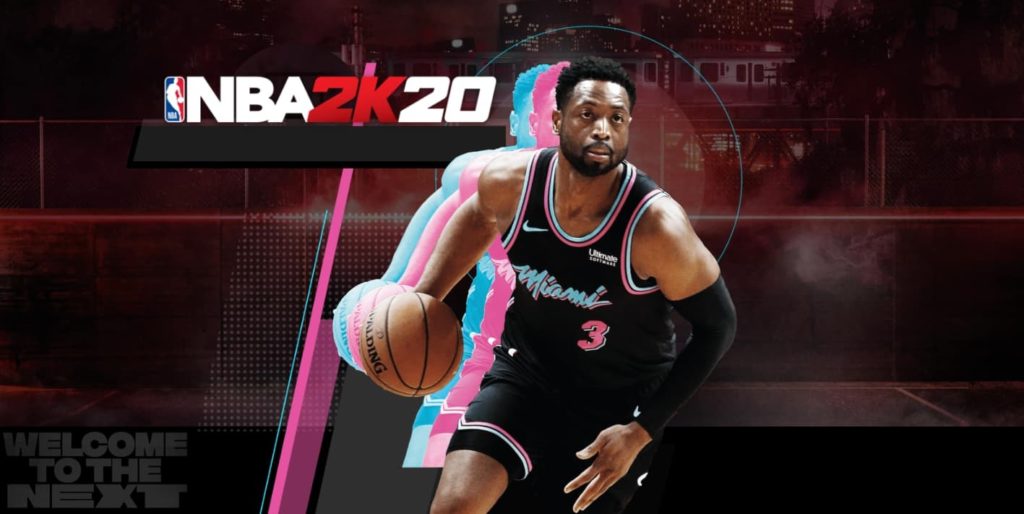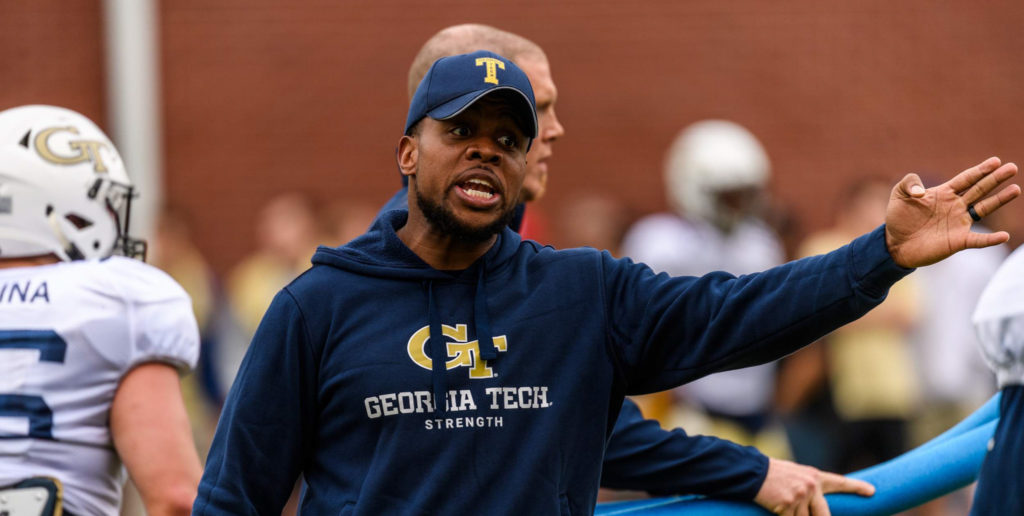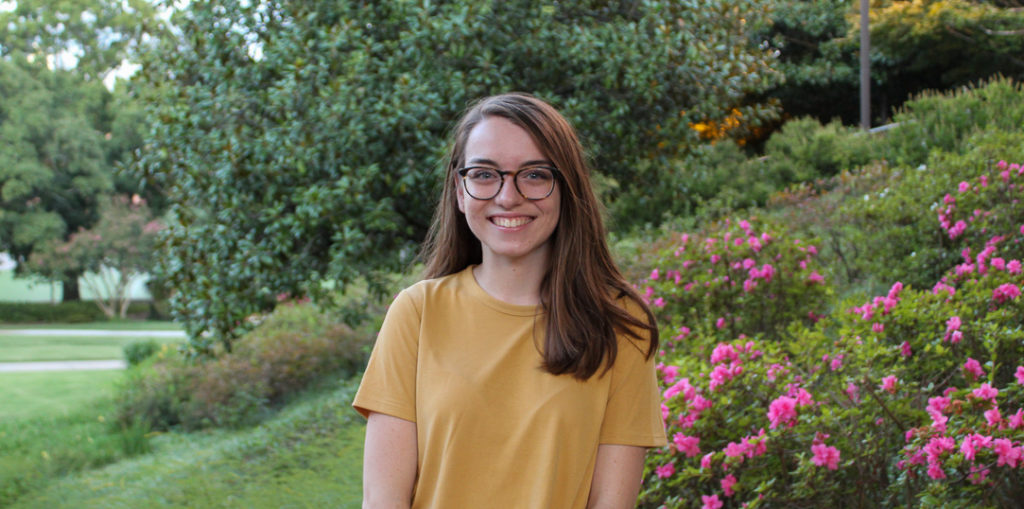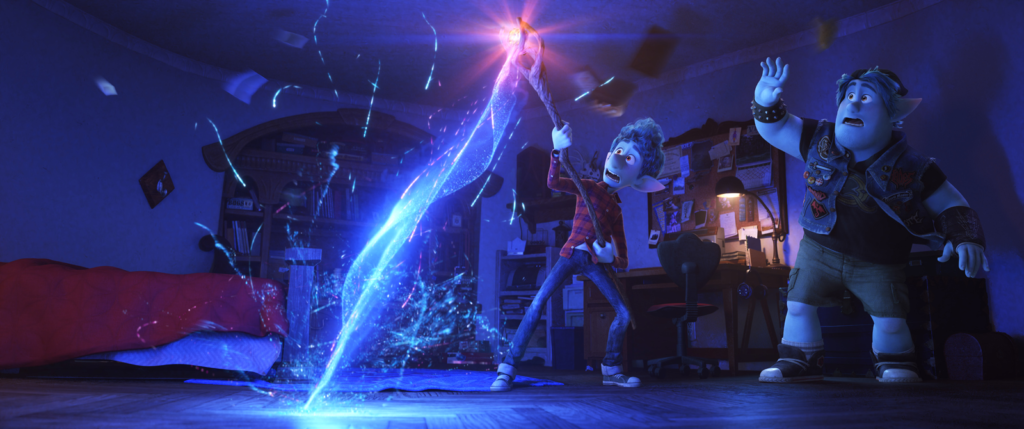Posted on 03 April 2020.

Our Take: 3.5/5 Stars
“Candyman” is the first installment in the Technique’s new “Movie Weekly” segment. As such, what follows will be a more detailed, spoiler-filled analysis than is usual. Readers are encouraged to watch the film, engage on social media and follow along in the subsequent reviews.
In modern cinema, making an allegorical horror film has almost become cliché. An ominous supernatural presence not only frightens the protagonist and audiences, but also represents some symbolic purpose. Jennifer Kent’s “The Babadook” portrays grief, David Robert Mitchell frames the antagonist as sexually transmitted infections in “It Follows” and Jordan Peele’s iconic “Get Out” explores racial oppression.
Some 15 to 20 years earlier, Bernard Rose (“Ivans Xtc”) used the genre to examine racial inequality in Chicago, specifically focusing on the woes facing the African-American community. His 1992 “Candyman” makes for a thought-provoking, intriguing movie; it has prompted Peele to produce a follow-up with director Nia DaCosta (“Little Woods”), which is set to be released in the summer of 2020.
The movie’s plot follows a grad student named Helen (Virginia Madsen, “Sideways”) as she conducts research on an urban myth surrounding marginalized people in Chicago. A mysterious figure that has a hook for a hand and jumps through walls is said to attack those who repeat his name five times. Helen and her cohort interview subjects for background information.
They quickly learn from the university’s cleaning staff that Candyman lives “over in the projects” at a building called Cabrini Green. A discussion with a staff member provides Helen with exposition. Approximately a century ago, the son of a slave became an artist who was commissioned to paint a white woman. The two fell in love, prompting the woman’s father and his peers to commit a hate crime in which they sawed off the painter’s hand.
One interesting component of this is that writer-director Rose, who adapted it to the screen from a British author, is a caucasian male. Thus, he frames that story through the eyes of a white academic. Although none of his explorations seem to be of poor taste, it is telling that more attention to detail appears in the life of Helen than the other victims at Cabrini Green. All the same, Rose’s depictions display clear parallels and dichotomies between those pairings.
Helen and almost all of her cohorts are white — a distinction against the cleaning ladies who are not. When the academics discuss Candyman, they treat it as myth; residents at Cabrini Green recognize the supernatural presence as a reality that plagues their lives. Through news research, Helen learns of a high volume of unsolved murders in Chicago’s African-American community, which is in sharp contrast to the swift justice when she herself becomes the victim of a crime.
Perhaps the clearest parallel, however, is Helen’s apartment. She learns that her complex was originally a housing project like Cabrini Green before being renovated and repurposed for demographics of higher socioeconomic statuses. Their layouts are similar — as Helen describes and shows via holes hidden behind mirrors — but differ in presentation. Her place is spacious, well-lit and in good condition as compared to the rundown, dim and cramped quarters faced at Cabrini Green. Moreover, viewers learn that gangs control the latter whereas Helen’s bubble seems filled with self-absorbed academics.
Helen’s research takes her to Cabrini Green, where she comes into contact with various members of their community. She meets Anne-Marie McCoy (Vanessa Wiliams, “New Jack City”), a single mother with knowledge about one of Candyman’s recent killings. Anne-Marie informs the graduate student that she called the cops to ask for help and no one came. The young mom also expresses concern about her son with the local gangs. This fear is further developed with Jake — a boy at Cabrini Green who is afraid of Candyman. These interactions climax when Helen has a run-in with some troublemakers, one of which holds a hook and quips that he is Candyman.
Clearly, Rose’s film equates the titular urban myth with several of the plights facing Cabrini Green’s living spaces. There is crime, murder, poverty, dicrepid quarters, slow police responses and a clear divide from Helen’s world.
In the midst of all of this, Helen begins having her encounters with Candyman (Tony Todd, “The Man from Earth”), himself. The occurrences start because she foolishly said his name five times into a mirror. These sequences might be some of the film’s weaker parts, but they are not without significance. First, Candyman appears to Helen in a parking garage, prompting her to faint. When she reawakens, she is covered in blood at Anne-Marie’s home, seemingly framed for the kidnapping of the single mother’s only child.
Helen gets out on bond and almost immediately attacked again by Candyman, this time leading to the death of her friend and peer, Bernadette (Kasi Lemmons, “The Silence of the Lambs”). From here, she briefly goes to a psychiatric ward prior to escaping and confronting Candyman one final time.
But how does Rose’s film frame the Candyman and what is the significance? The three most notable elements to understanding this villain come from verbal, musical and visually symbolic cues. Composer Philip Glass (“The Truman Show”) forms a remarkable score that resembles an orchestral, almost religious chorus, which crescendos every time the antagonist appears literally or symbolically. Additionally, Candyman’s voice is almost hypnotic. He constantly urges Helen to believe in him. Visually, swarms of bees represent or accompany the figure frequently.
The hordes of flying bugs reflect how parasites flock towards his presence, paralleling the aforementioned plights of Cabrini Green. His iconic music signifies his omnipresence and god-like reach. And his dialogue indicates how his myth’s power stems from the fear of society. When combined, the character of Candyman is not only an ominous figure, but also a representation of the wide-reaching plights that face African-American communities, such as the one in the film.
The production’s beginning and ending developments prove similarly intriguing. It opens with a speech from Candyman, in which he says, “I came for you,” as the film cuts to the eyes of Helen. Near the end, he tells the graduate student, “It was always you, Helen,” juxtaposing her with the white woman from Candyman’s origin story. The implication to be drawn here is that Candyman, this mythic figure who plagues marginalized minority communities, only came to power through racial oppression.
“Candyman” is not the best movie ever made nor is it a spectacularly frightening one. The scenes in which the villain appears feel a little too clumsy and weird, and the final acts are a little corny and vague. Despite this, Rose’s horror film is certainly interesting and symbolically rich, making it the perfect movie to discuss with friends.
Next on the Technique’s “Movie Weekly” segment will be “She’s Gotta Have It,” the acclaimed debut from prolific filmmaker Spike Lee that is currently streaming on Netflix.













